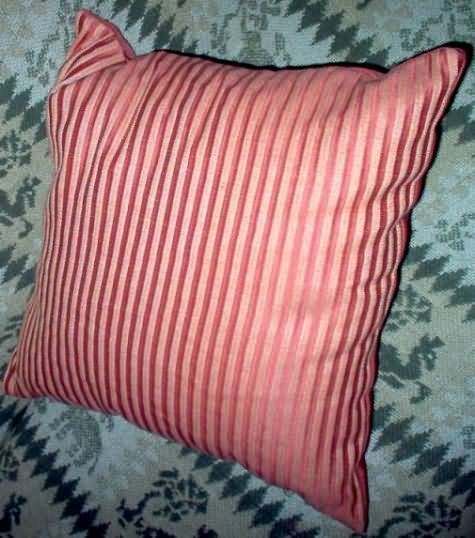 | ||
In geometry, the paper bag problem or teabag problem is to calculate the maximum possible inflated volume of an initially flat sealed rectangular bag which has the same shape as a cushion or pillow, made out of two pieces of material which can bend but not stretch.
According to Anthony C. Robin, an approximate formula for the capacity of a sealed expanded bag is:
where w is the width of the bag (the shorter dimension), h is the height (the longer dimension), and V is the maximum volume. The approximation ignores the crimping round the equator of the bag.
A very rough approximation to the capacity of a bag that is open at one edge is:
(This latter formula assumes that the corners at the bottom of the bag are linked by a single edge, and that the base of the bag is not a more complex shape such as a lens).
The square teabag
In the special case where the bag is sealed on all edges and is square with unit sides, h = w = 1, and so the first formula estimates a volume for this of roughly:
or roughly 0.19. According to Andrew Kepert at the University of Newcastle, Australia, an upper bound for this version of the teabag problem is 0.217+, and he has made a construction that appears to give a volume of 0.2055+.
In the article referred to above A C Robin also found a more complicated formula for the general paper bag. Whilst this is beyond the scope of a general work, it is of interest to note that for the tea bag case this formula gives 0.2017, unfortunately not within the bounds given by Kepert (i.e., 0.2055+ ≤ maximum volume ≤ 0.217+).
